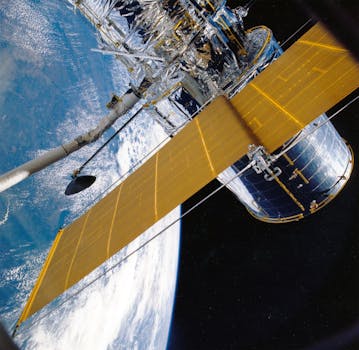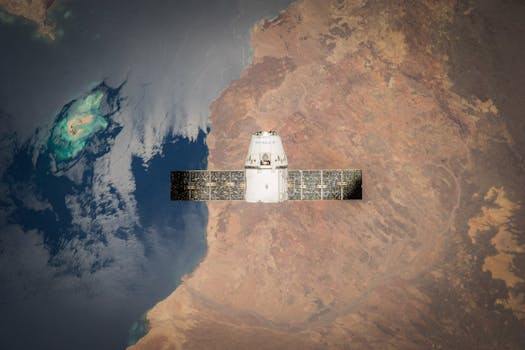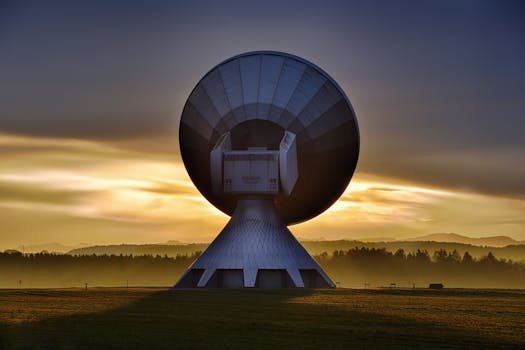From Geostationary to Low Earth Orbit: The Evolution of Satellite Telecommunications in 2023

From Geostationary to Low Earth Orbit: The Evolution of Satellite Telecommunications in 2023
From Geostationary to Low Earth Orbit: The Evolution of Satellite Telecommunications in 2023. The satellite telecommunications industry has undergone significant evolution in recent years, with a shift from geostationary to low Earth orbit satellites. This shift has been driven by advances in technology, increasing demand for high-speed internet and data services, and the need for more efficient and cost-effective solutions.
The history of satellite telecommunications dates back to the 1960s, when the first geostationary satellite was launched. Geostationary satellites, which orbit the Earth at an altitude of approximately 36,000 kilometers, have been used for a variety of applications, including television broadcasting, telecommunications, and weather forecasting. However, geostationary satellites have several limitations, including high latency, limited bandwidth, and high operating costs.
The Benefits of Low Earth Orbit Satellites

In recent years, low Earth orbit (LEO) satellites have emerged as a viable alternative to geostationary satellites. LEO satellites orbit the Earth at an altitude of approximately 160 to 2,000 kilometers, which provides several benefits, including lower latency, higher bandwidth, and lower operating costs. LEO satellites are also more suitable for real-time applications, such as video conferencing and online gaming, due to their lower latency.
Another benefit of LEO satellites is their ability to provide global coverage, including remote and underserved areas. LEO satellites can be used to provide internet and data services to areas where traditional telecommunications infrastructure is lacking, making them an attractive solution for bridging the digital divide.
Challenges and Future Directions

Despite the benefits of LEO satellites, there are several challenges that need to be addressed, including interference, congestion, and regulatory issues. The increasing number of LEO satellites in orbit is causing concerns about interference and congestion, which can impact the performance and reliability of satellite communications.
To address these challenges, the satellite telecommunications industry is working on developing new technologies and standards, such as beam-hopping and satellite-based beam-forming. These technologies will enable LEO satellites to provide more efficient and reliable services, while minimizing interference and congestion.
In conclusion, the evolution of satellite telecommunications from geostationary to low Earth orbit satellites is a significant development that is transforming the industry. LEO satellites offer several benefits, including lower latency, higher bandwidth, and lower operating costs, making them an attractive solution for a variety of applications, including telecommunications, navigation, and Earth observation.
See more:





